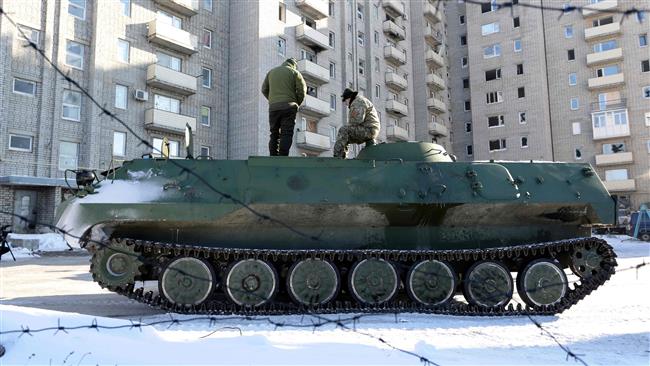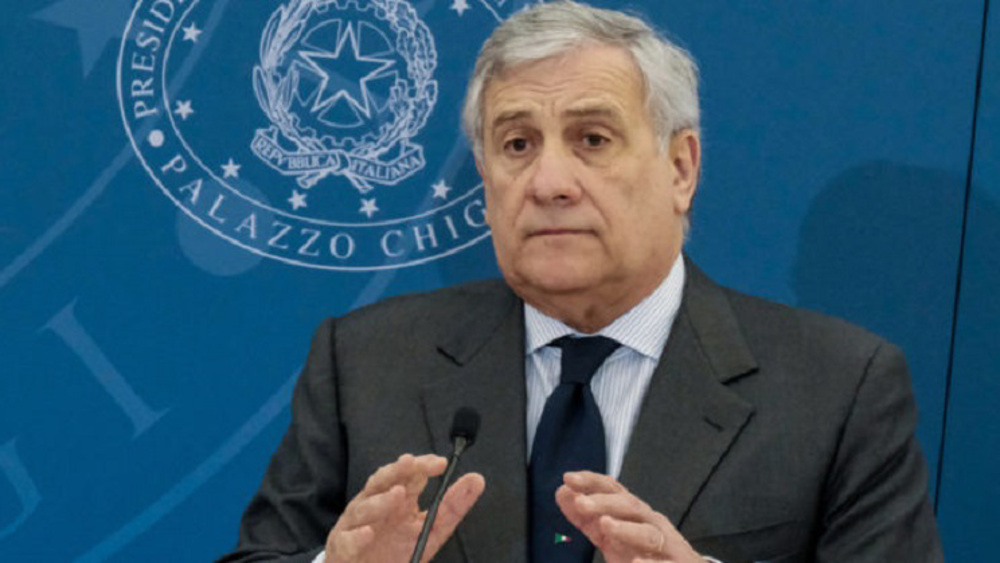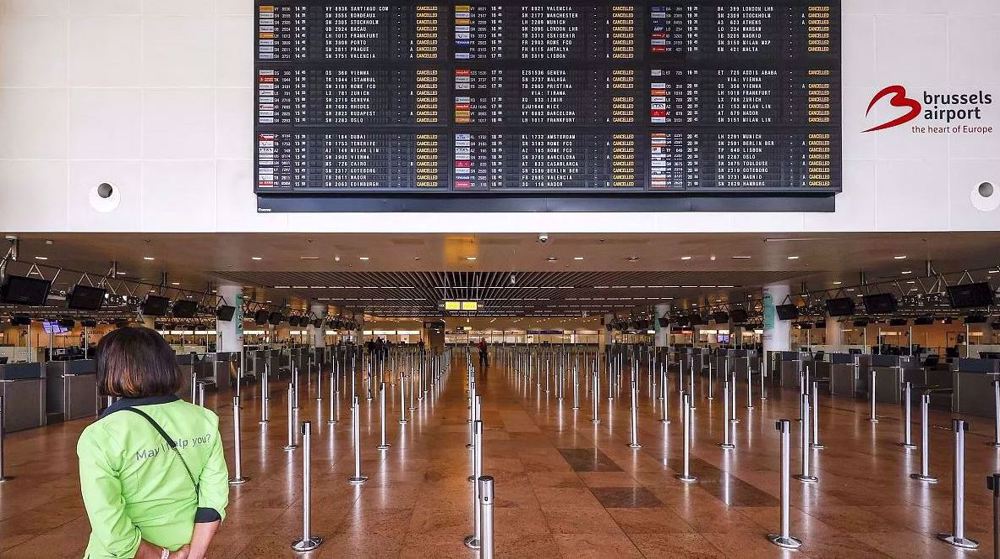Weapons withdrawal not observed in Ukraine: OSCE
The Organization for Security and Cooperation in Europe (OSCE) says a newly-agreed truce in Ukraine does not look "too good," emphasizing that the withdrawal of heavy weapons has not taken place as cited in the agreement.
"It looks like activities are continuing. I don't have a last-minute confirmation, but it doesn't look too good," said Lamberto Zannier, the secretary general of the OSCE, which is tasked with monitoring truce agreements in eastern Ukraine.
"What we see is in various areas a continued 'kinetic activity,' as we call it, with light weapons mainly used, but in some cases also explosives, which means that they're also using mortars or some other heavier weapons that are a violation of (the) ceasefire," he said at the United Nations headquarters, after he addressed the UN Security Council on Tuesday.
On February 20, a ceasefire came into force for eastern Ukraine after it was brokered in Munich over the weekend. The deal also cites the withdrawal of heavy arms from the front line. The truce was largely holding on the day with each side confirming that the other was complying.
However, the OSCE head said the situation remained "confused" and warned that a new wave of fighting may erupt.

The armed conflict in eastern Ukraine has killed more than 9,600 people since it began in 2014, according to the United Nations Human Rights Office.
The warring sides reached another deal, dubbed Minsk II, at a summit attended by the leaders of Russia, Ukraine, France and Germany in the Belarusian capital, Minsk, in February 2015.
The new ceasefire deal is the latest effort to implement the Minsk agreement, which aimed to put an end to the deadly fighting.
Jan. 15: ‘Axis of Resistance’ operations against Israeli occupation
VIDEO | US fires: Criticism mounts over govt. failure to respond
VIDEO | Fears, hope in Gaza amid intensified ceasefire efforts
VIDEO | Press TV's news headlines
Hamas: Ceasefire agreement result of steadfastness, resistance in Gaza over 15 months
Hamas thanks Iran, Resistance Front following achievement of ceasefire in Gaza
'Capitulation': Israeli officials and media concede Gaza defeat as truce unfolds
'Gaza has won': Social media users react to ceasefire with mix of relief, joy










 This makes it easy to access the Press TV website
This makes it easy to access the Press TV website